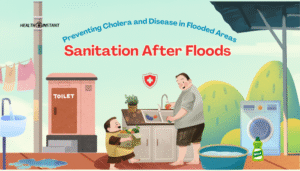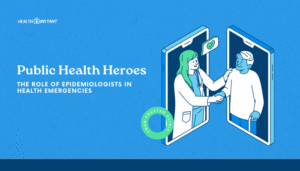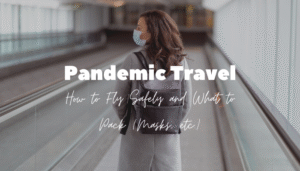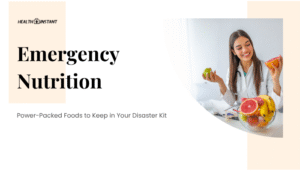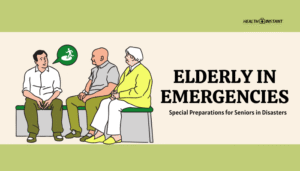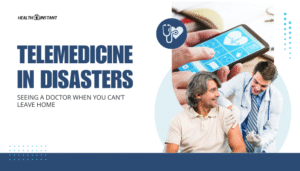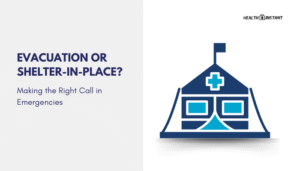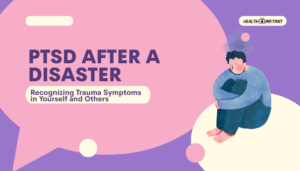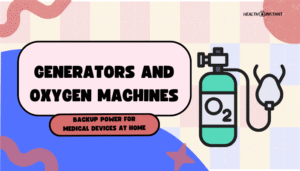Sanitation After Floods: Preventing Cholera and Disease in Flooded Areas
Introduction Floods disrupt normal life, from submerging roads and buildings to compromising water sources. With standing water and damaged sanitation systems, the risk of waterborne diseases—including cholera, dysentery, and other diarrheal illnesses—can skyrocket. This guide outlines how to practice safe...
Read MoreHeat Dome Events: Health Risks of Extreme Heat and How Cities Can Help
Introduction A heat dome occurs when a stagnant high-pressure system traps hot air over a region, creating extended periods of extreme heat. As global temperatures rise and urban areas expand, these events are becoming more frequent and intense. Prolonged exposure...
Read MorePublic Health Heroes: The Role of Epidemiologists in Health Emergencies
Introduction From the early days of cholera mapping in London by John Snow to modern global surveillance of viral outbreaks, epidemiologists have proven themselves vital in identifying disease patterns, containing threats, and saving lives. During a public health emergency, they...
Read MorePandemic Travel: How to Fly Safely and What to Pack (Masks, etc.)
Introduction Pandemics (such as COVID-19) have changed how people approach travel, especially by air. While flights operate, infection risks can persist due to close quarters and shared surfaces. By understanding airline protocols, packing key safety items, and remaining mindful of...
Read MoreEmergency Nutrition: Power-Packed Foods to Keep in Your Disaster Kit
Introduction When disaster strikes—a hurricane, power outage, or any large-scale emergency—access to perishable items and grocery stores can become uncertain or cut off. In such situations, having a reserve of highly nutritious, easy-to-prepare foods is vital. This article highlights core...
Read MoreElderly in Emergencies: Special Preparations for Seniors in Disasters
Introduction In an emergency—whether a hurricane, wildfire, flood, or even extended power outage—older adults are especially susceptible to harm. Health conditions, reduced mobility, and social isolation can complicate evacuations and post-disaster recovery. Proactive planning, including specialized kits and networks, enables...
Read MoreTelemedicine in Disasters: Seeing a Doctor When You Can’t Leave Home
Introduction In times of disaster—be it hurricanes, floods, fires, or pandemics—traditional healthcare can become less accessible. Hospitals and clinics may face closures or overcrowding, and residents may be stuck at home. Telemedicine offers a safe and convenient way to consult...
Read MoreEvacuation or Shelter-in-Place?: Making the Right Call in Emergencies
Introduction Disasters—such as hurricanes, wildfires, chemical spills, or floods—pose critical questions about safety. Should you stay at home and await further instructions, or take off to safer ground? The correct choice can differ for each emergency, and making the wrong...
Read MorePTSD After a Disaster: Recognizing Trauma Symptoms in Yourself and Others
Introduction Experiencing a disaster—be it a hurricane, earthquake, wildfire, or flood—can have enduring psychological effects. While initial shock or stress is common, some individuals develop post-traumatic stress disorder (PTSD), a condition in which trauma symptoms linger and disrupt daily life. ...
Read MoreGenerators and Oxygen Machines: Backup Power for Medical Devices at Home
Introduction For individuals who rely on oxygen concentrators or other essential medical devices (e.g., CPAP, nebulizers), maintaining a stable power supply is vital. A sudden outage—due to storms, grid failures, or disasters—could jeopardize health. By securing backup options like generators...
Read More
